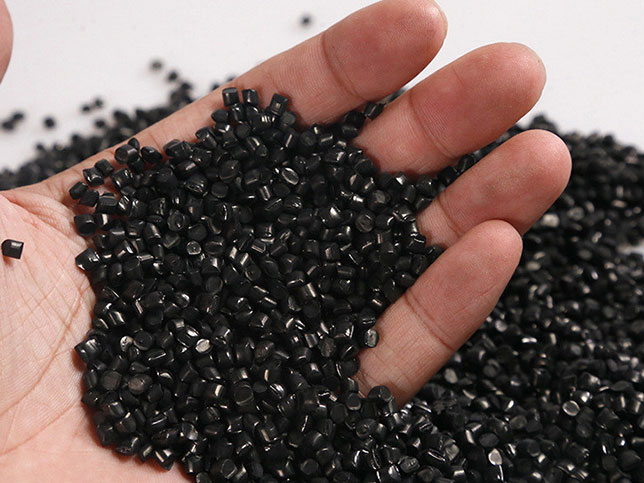Color masterbatch is a mixture of resin and a large number of pigments (up to 50%) or dyes to form high concentration colors. Color Masterbatch, also known as color species, is an aggregate made by uniformly attaching super constant pigments or dyes to resin. When processing, a small amount of colored masterbatch and uncolored resin are mixed to achieve the colored resin or product with the designed pigment concentration. So what are the main components of special color masterbatch?
1. Paint
Pigment is the chemical substance that gives the coloring effect to the color masterbatch. Generally, the more evenly the pigment is dispersed in the color masterbatch, the better the coloring effect and the stronger the coloring force will be. It is closely related to the dispersion performance of the pigment itself to enable the pigment to be evenly dispersed in the color masterbatch, and the dispersion performance of the pigment itself is related to its chemical structure, which is not described here. In order to promote the dispersion of pigments, dispersants and appropriate carriers are often added to the color masterbatch to achieve good color effect.
2. Dispersant
During the use of pigments, condensation will occur due to their chemical structure and large specific surface area. Dispersant is an accelerator for pigment dispersion in resin carrier. Its main function is to coat the surface of pigment particles, disperse the pigment into fine, stable and evenly distributed particles with a certain particle size in plastic, and no longer agglomerate in the processing process. The pigment can be dispersed in color masterbatch and plastic products in a better aggregation state. At the same time, it has good compatibility with resin and will not affect the product quality. The melting point of dispersant is generally lower than that of resin and has better affinity with pigment.
3. Carrier
The carrier is the matrix of the color masterbatch and can make the color masterbatch into granules. Its function is to carry pigment. During melting processing, pigment particles are evenly distributed in the whole resin system to promote pigment dispersion and facilitate granulation. The role of the carrier is also to make the color masterbatch have good compatibility with the matrix resin and reduce the influence of the color masterbatch on the physical and chemical properties of the matrix resin.
4. Antioxidant
Polymer materials are often affected by oxygen and ozone in the process of processing, storage and use. This oxidation reaction will accelerate especially when exposed to heat and light, causing the degradation of polymer molecular chain, resulting in the decline of physical and mechanical properties (such as strength, elasticity, electrical insulation, etc.) and yellowing and embrittlement of the appearance of the products. In order to prolong the life of polymer materials, the oxidative degradation or crosslinking of polymer materials should be inhibited or delayed. Antioxidants are usually added, and the principle of synergistic effect is used to improve the heat resistance and coloring properties of color masterbatch.
During the production of Color Masterbatch granulation, due to the high temperature and strong shear force of twin-screw extruder, the pigment in the color masterbatch changes color and the resin degrades. In order to reduce the above changes in the granulation process of Color Masterbatch, antioxidant needs to be added to the color masterbatch in general to maintain the coloring power and mechanical and chemical properties of color masterbatch.




